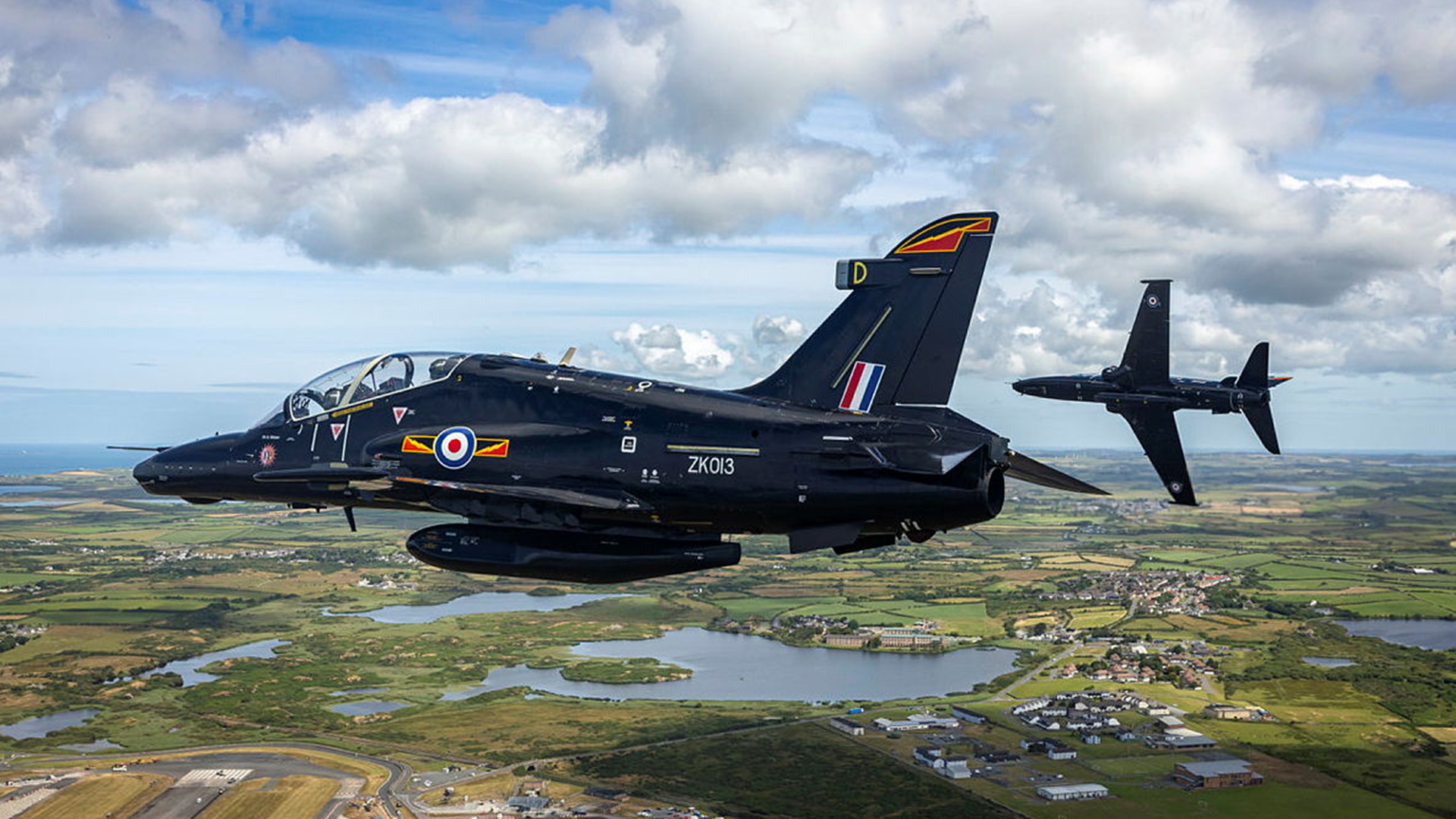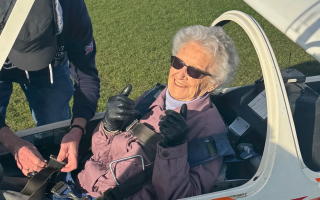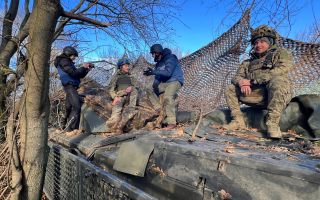
RAF Hawk jets in near-miss with 'non-cooperating' civilian aircraft over Anglesey

Two RAF Hawk training jets came within just 100ft of a small civilian plane while making an approach into RAF Valley in Anglesey.
The incident took place on 30 January 2025 and involved a C42 microlight aircraft, a small, two-seat civilian plane, which was not in contact with air traffic control and had no functioning transponder, according to a report.
The report by the UK Airprox Board found that while the Hawk formation should have given way, the civilian pilot had flown near a busy military aerodrome without taking the precautions "that should be expected".
The Hawk jets were concluding a training sortie and had contacted the control tower at RAF Valley.
They were informed of "non-cooperative traffic" to the south-west, meaning the aircraft was not communicating via radio and its transponder, which transmits data like altitude, was inactive.
As the Hawk formation turned, the crews spotted the C42 just half a nautical mile away. The aircraft rapidly closed on each other.
The report states: "…crew recollection estimated a height separation of approximately 150ft and lateral separation of approximately 100ft."
The board concluded that the Hawk pilots should have given way to the C42, as per standard operating procedures.
However, it also criticised the civilian pilot's actions, saying: "A light-aircraft pilot operating close to a busy fast-jet airfield should make R/T contact for the mutual benefit of all parties which, in this case, the C42 pilot had not done.
"This, coupled with the lack... of SSR transponder-derived altitude, resulted in a situation where the Hawk formation had only generic situational awareness on the C42."

Standard practice recommends that civilian aircraft fly at 1,500ft in that area, with military jets usually flying at 2,500ft. However, on that day, a low cloud base of 2,200ft meant the Hawks were flying at 2,000ft.
An RAF spokesperson said: "The RAF takes all reported air incidents very seriously, with air safety remaining at the core of all our activity.
"We welcome all recommendations made in air proximity reports and do whatever we can to prevent them from happening again."
The Airprox Board defines a near-miss as "a situation in which, in the opinion of a pilot or controller, the distance between aircraft as well as their relative positions and speed was such that the safety of the aircraft involved was or may have been compromised."
This incident was classed as Category B – meaning safety was not assured, but a collision was not imminent.









